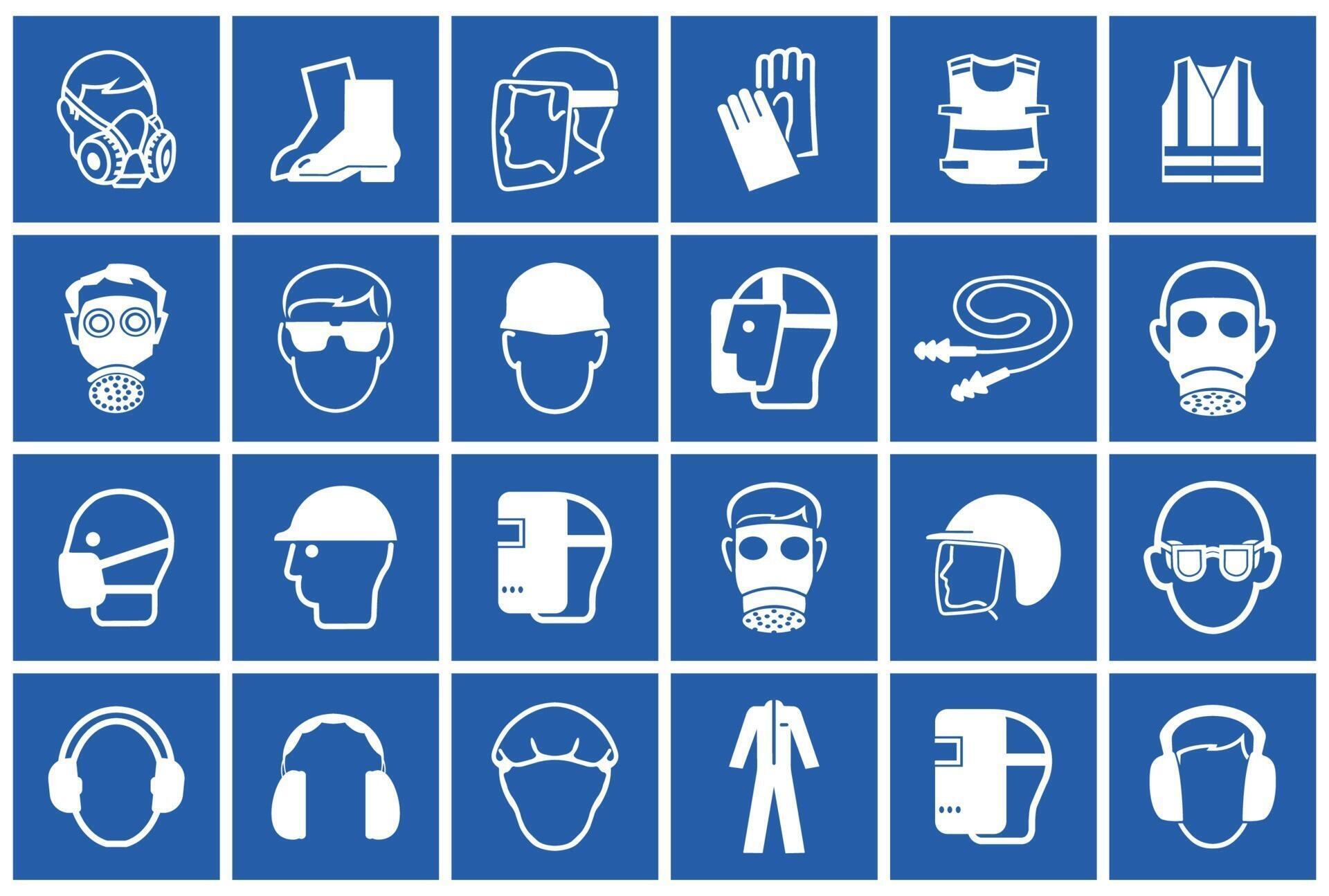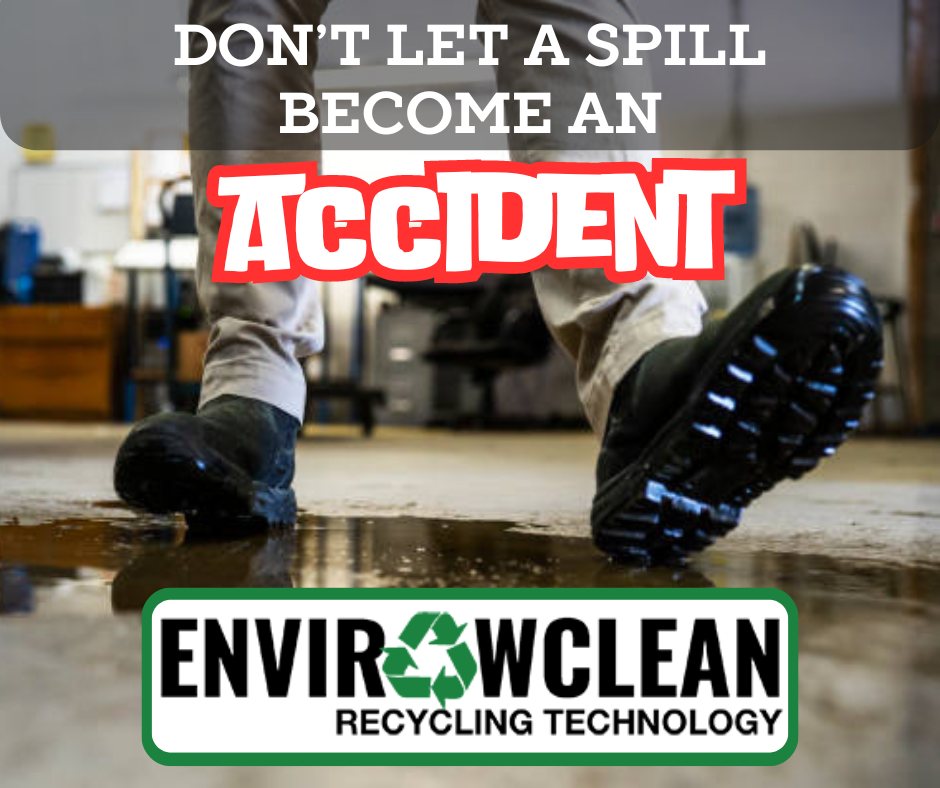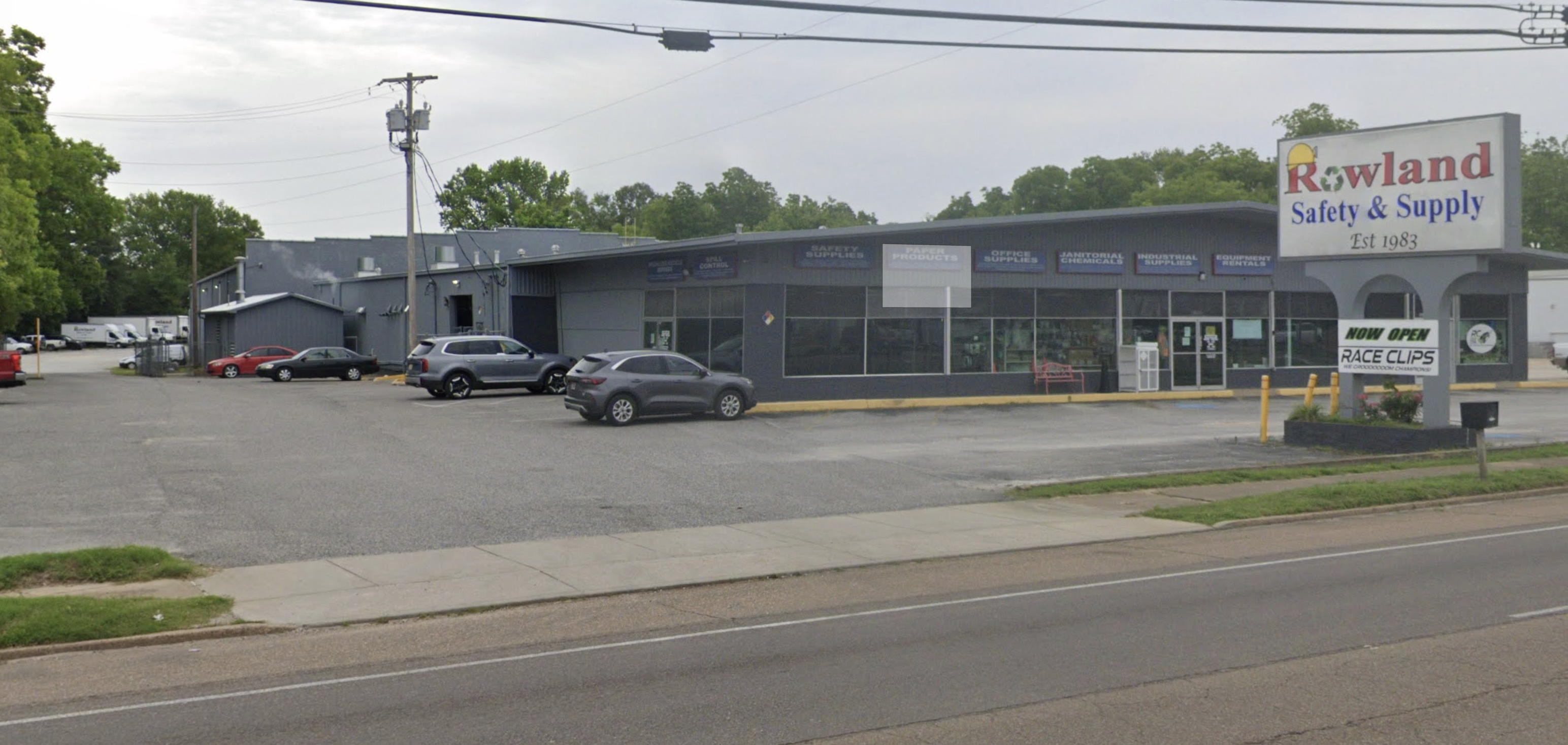Spill Containment: Oil absorbent mats and absorbent socks are often strategically placed around machinery, equipment, or storage areas to contain potential spills. They act as a barrier, preventing oil from spreading and causing further contamination or safety concerns such as slips or falls.
- Manufacturing Facilities:
In manufacturing facilities, machinery and equipment often use lubricants and hydraulic fluids to operate efficiently. However, these fluids pose a risk of spills or leaks, especially during maintenance or equipment failure. Oil absorbent mats and socks are strategically placed around machinery and storage areas to contain potential spills. For example, in an automotive manufacturing plant, oil absorbent mats are placed underneath hydraulic presses to catch any leaks or drips, preventing oil from spreading onto the floor and creating slip hazards.
- Oil Refineries:
Oil refineries handle large quantities of crude oil and refined petroleum products, making spill containment a top priority. Oil absorbent mats and socks are utilized throughout the facility to mitigate the risk of oil spills during transfer, storage, and processing operations. In the event of a spill, absorbent mats and socks are deployed immediately to contain the oil and prevent it from contaminating soil, groundwater, or nearby waterways. For instance, in a refinery’s loading and unloading area, absorbent mats are placed beneath tanker trucks and railcars to capture any drips or spills that may occur during the transfer of oil products.
- Oil and Gas Exploration Sites:
Oil and gas exploration sites, including drilling rigs and well pads, are susceptible to oil spills due to the handling and storage of crude oil and drilling fluids. Absorbent mats and socks are essential tools for containing spills and preventing environmental damage in these remote and environmentally sensitive locations. For example, on an offshore drilling platform, absorbent socks are wrapped around pipelines and machinery to contain leaks and drips, while absorbent mats are placed on the deck to catch any spilled oil during transfer operations.
- Warehouses and Storage Facilities:
Warehouses and storage facilities that handle oil-based products, such as lubricants, hydraulic fluids, and motor oils, face the risk of spills during storage, handling, and transportation. Oil absorbent mats and socks are strategically positioned in storage areas and along transportation routes to contain potential spills and leaks. For instance, in a distribution warehouse storing barrels of oil, absorbent mats are placed beneath the barrels to catch any leaks or spills that may occur during handling or storage, preventing contamination of the warehouse floor and nearby surfaces.
- Transportation and Logistics:
Transportation and logistics operations involving the movement of oil-based products via trucks, railcars, or ships require effective spill containment measures to prevent environmental contamination and safety hazards. Oil absorbent mats and socks are commonly used in transportation vehicles and loading/unloading areas to capture spills and leaks. For example, in a trucking terminal, absorbent mats are placed beneath tanker trucks during loading and unloading operations to contain any spills or drips that may occur, ensuring compliance with environmental regulations and minimizing the risk of accidents.
In each of these real-life scenarios, oil absorbent mats and socks play a critical role in preventing oil spills from spreading and causing environmental contamination or safety concerns. By strategically placing these absorbent materials in key locations and implementing proper spill containment procedures, industrial facilities can minimize the impact of spills, protect the environment, and ensure the safety of workers and surrounding communities.




